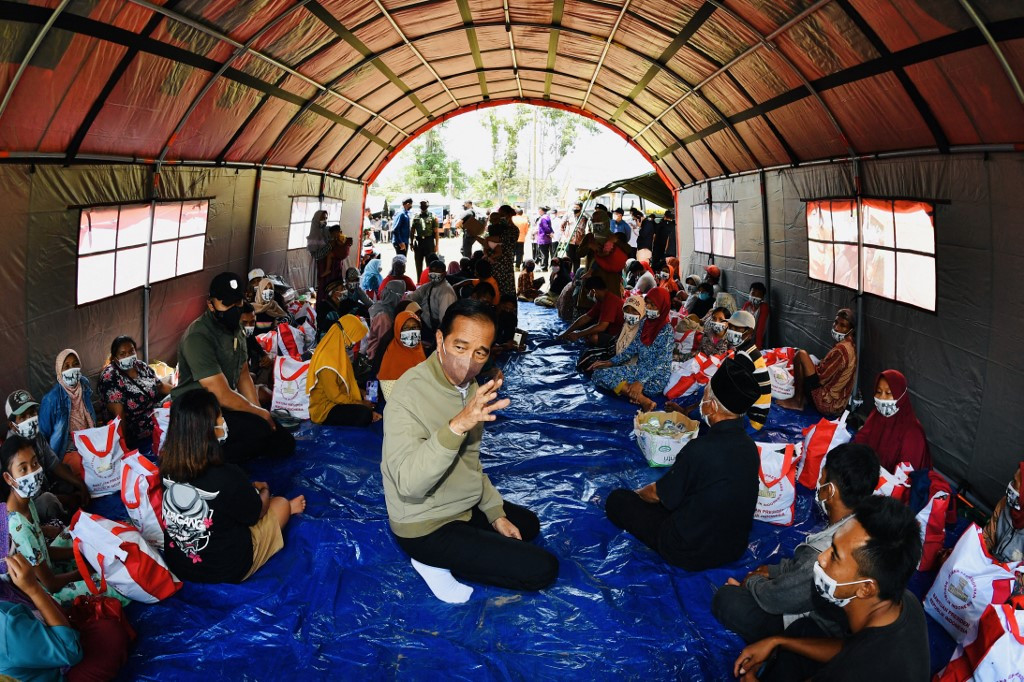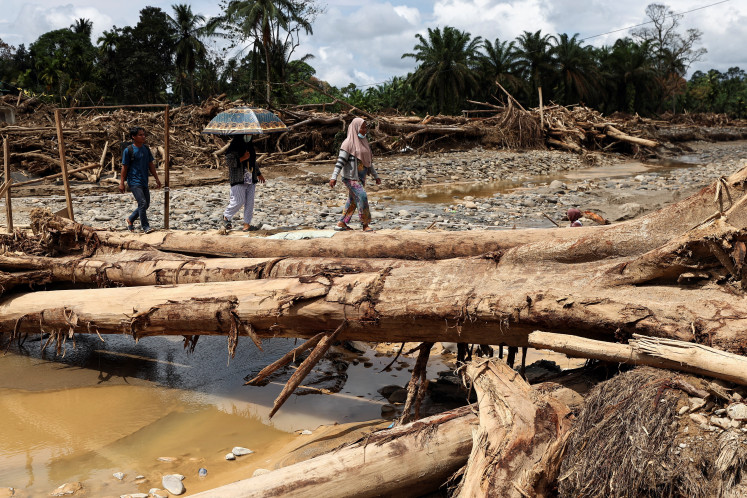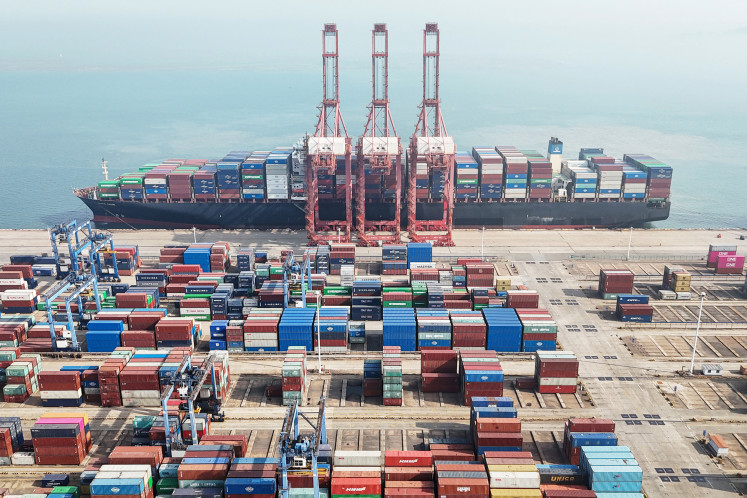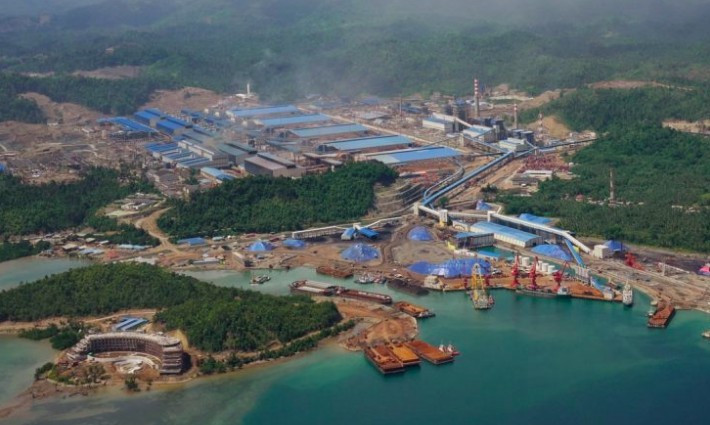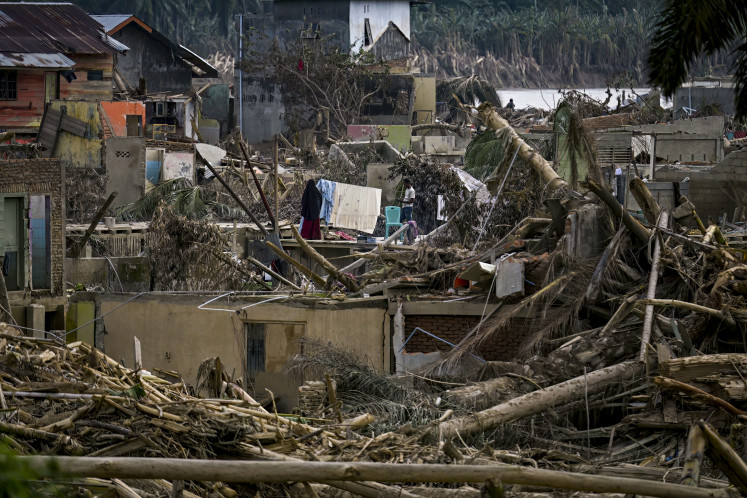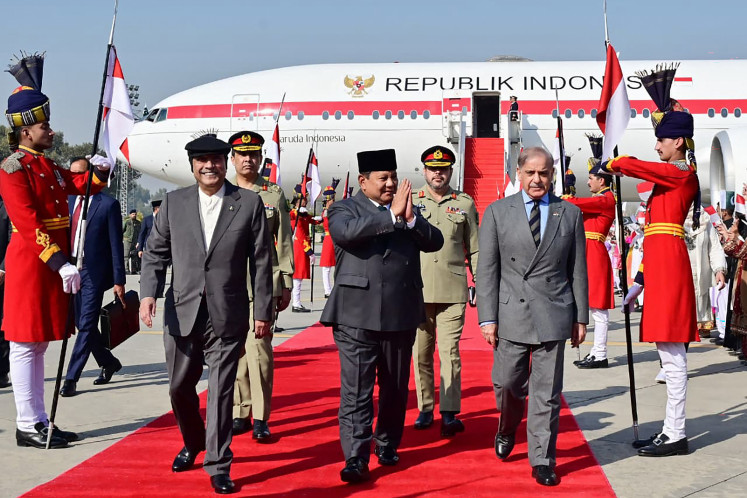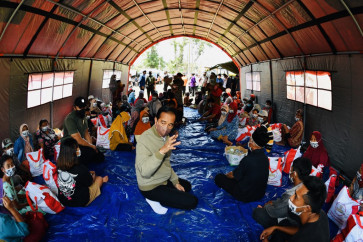Popular Reads
Top Results
Can't find what you're looking for?
View all search resultsPopular Reads
Top Results
Can't find what you're looking for?
View all search resultsData and information sharing in emergency response
Without data and information, the government cannot produce policies and programs, volunteers do not know what to do, and the IDPs would suffer.
Change text size
Gift Premium Articles
to Anyone
F
ollowing the eruption of Mount Semeru on Dec. 4, we are now entering the emergency response phase. This is an important phase in the disaster management cycle. It is marked by searching and rescuing victims of the disaster and providing basic needs for internally displaced people (IDPs).
For an effective emergency response phase, data and information – processed and organized data – are required. Without these, we basically cannot do anything. Without the facts, the government cannot produce policies and programs, volunteers do not know what to do and the IDPs suffer.
Despite their importance, it is often challenging to collect, verify and analyze data given the abnormal situation in the emergency phase. The question arises then, how can we manage these details during the emergency phase of a disaster?
In the aftermath of a disaster event, there are various data and information that are required.
Firstly related to the disaster itself, such as the type of the disaster, for example, a volcanic eruption. Then the chronology of the disaster event would become information beneficial for future preparation and mitigation efforts.
Second, we also need information related to the impact of the disaster, such as the number of casualties, injuries and material losses, like houses and infrastructure damaged by the event. Finally, we also want to know what sort of actions have been conducted by the government, NGOs, the private sector and other entities.
By understanding these actions, then we would have knowledge on which of the IDPs needs have been fulfilled or are still lacking. Once we understand the data and information needed during the emergency phase, we then have to know who produced these details. In identifying the producers, we can divide them by their interests and expertise.

